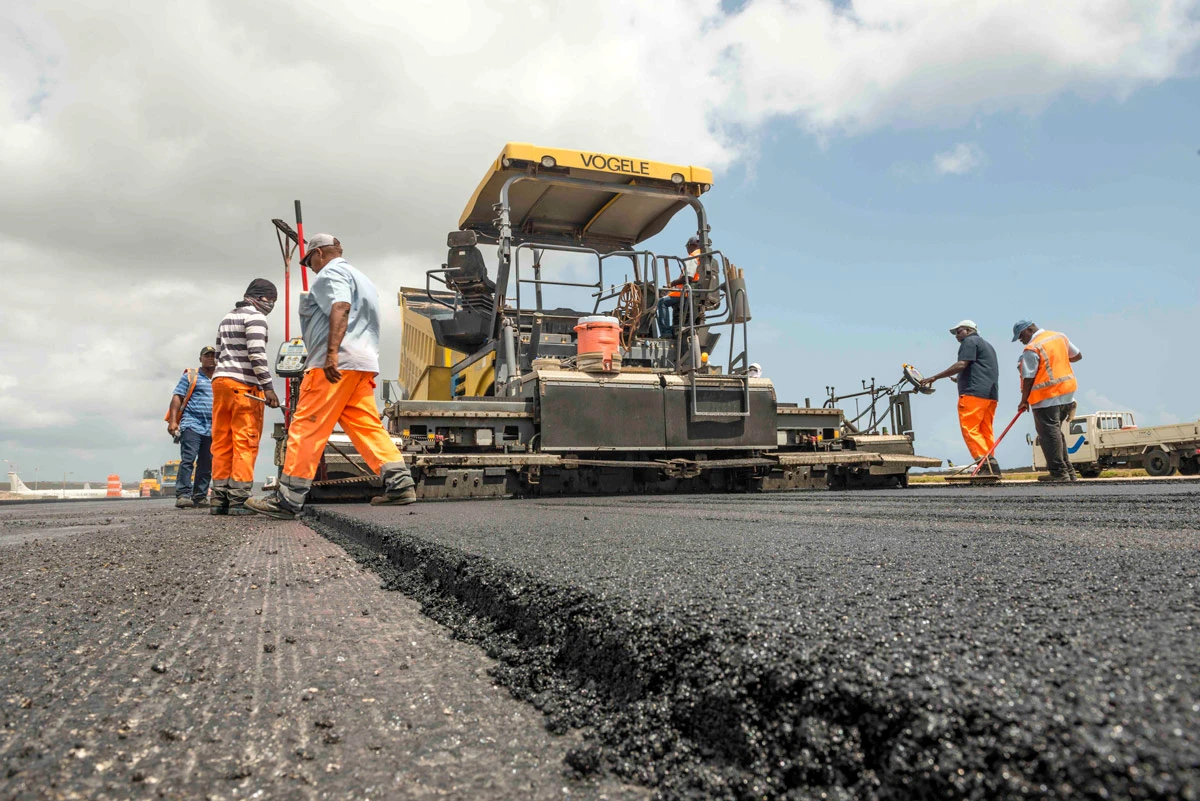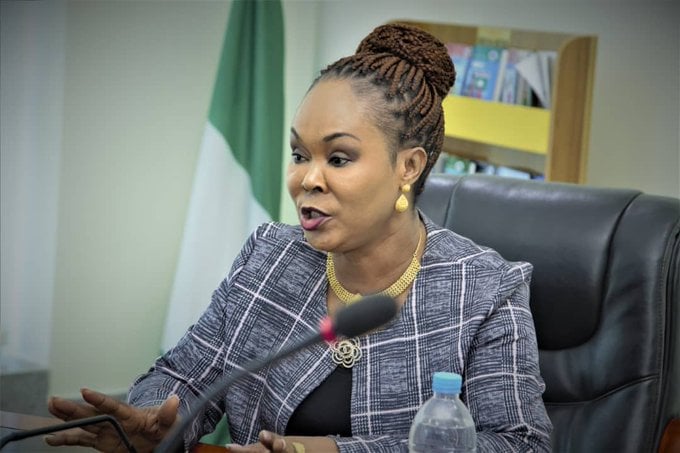Abuja Communities grapple with rainstorm devastation, Flood victims remain stranded.

Nigeria is bracing for another year of widespread flooding, with the Federal Government warning that 30 states and the Federal Capital Territory (FCT) are at high risk in 2025. This announcement comes as many victims of the 2024 floods lament their abandonment, still awaiting promised support from both federal and state authorities.
The Minister of Water Resources and Sanitation, Prof. Joseph Utsev, unveiled the 2025 Annual Flood Outlook (AFO) by the Nigeria Hydrological Services Agency (NIHSA) in Abuja, outlining the areas most vulnerable. The states identified as high-risk include Abia, Adamawa, Akwa Ibom, Anambra, Bauchi, Bayelsa, Benue, Borno, Cross River, Delta, Ebonyi, Edo, Gombe, Imo, Jigawa, Kebbi, Kogi, Kwara, Lagos, Nasarawa, Niger, Ogun, Ondo, Osun, Oyo, Rivers, Sokoto, Taraba, Yobe, Zamfara, and the FCT.
According to the AFO, 1,249 communities within 176 local government areas (LGAs) across these 30 states and the FCT are categorized as high flood risk zones. An additional 2,187 communities in 293 LGAs across all 36 states and the FCT face moderate flood risks. The impact of these floods is expected to be significant, affecting population, agriculture, livelihoods, livestock, infrastructure, and the environment.
The outlook further breaks down the high-risk periods: April, May, and June are expected to see 666 communities in 52 LGAs across 14 states at high risk; July, August, and September will bring high flood risk to 549 communities in 114 LGAs across 30 states; and October and November, 489 communities in 56 LGAs across 13 states will remain vulnerable.
Major cities are also expected to experience flash and urban flooding due to high rainfall intensity, poor management of water facilities, inadequate drainage systems, and a lack of flood resilience infrastructure. Cities such as Abakaliki, Abeokuta, Abuja, Asaba, Benin City, Birnin–Kebbi, Calabar, Ibadan, Kaduna, Kano, Lagos, Makurdi, Nguru, Onitsha, Oshogbo, Port Harcourt, Sokoto, Warri, and Yola are particularly at risk.
Coastal states including Bayelsa, Cross River, Delta, Lagos, Ogun, Rivers, and Ondo are also bracing for coastal flooding due to rising sea levels and tidal surges, which will adversely affect fishing, wildlife habitats, and river navigation.
In response to these looming threats, the Federal Government has outlined several initiatives. The 2025 AFO is segmented into three parts: flood forecasting, flood risk communication, and flood mitigation and adaptation. These initiatives aim to provide timely and actionable flood risk information to at-risk communities and disaster risk managers, enabling them to prepare safety measures in advance.
The government is also rolling out pioneering projects such as the National Flood Insurance Programme (NFIP), initially piloting in Kogi and Jigawa states, to offer insurance protection to vulnerable households, farmlands, and livestock. Additionally, the Integrated Climate Resilience Innovation Project (I-CRIP), developed in partnership with key ministries, seeks to improve food security, energy production, and water resource use through climate-smart strategies. The Niger flood project, targeting improved navigation, irrigation, hydropower, and eco-tourism from Lokoja to Bayelsa, is also underway.
Meanwhile, recent heavy rainstorms in Abuja have already left residents homeless, with properties worth millions of naira destroyed in areas like Apo, Jabi, and Karmo. Churches, educational institutions, residential buildings, and makeshift shops have all suffered damage, exacerbating the sense of urgency for effective flood management and support for affected communities.
The permanent secretary in the Federal Ministry of Water Resources and Sanitation, Richard Pheelangwah, has urged stakeholders to prioritize early response, emphasizing that the flood outlook is about protecting lives and livelihoods. As Nigeria faces another year of potential flooding, the effectiveness of these mitigation strategies and the responsiveness of government agencies will be critical in minimizing the impact on vulnerable populations.










